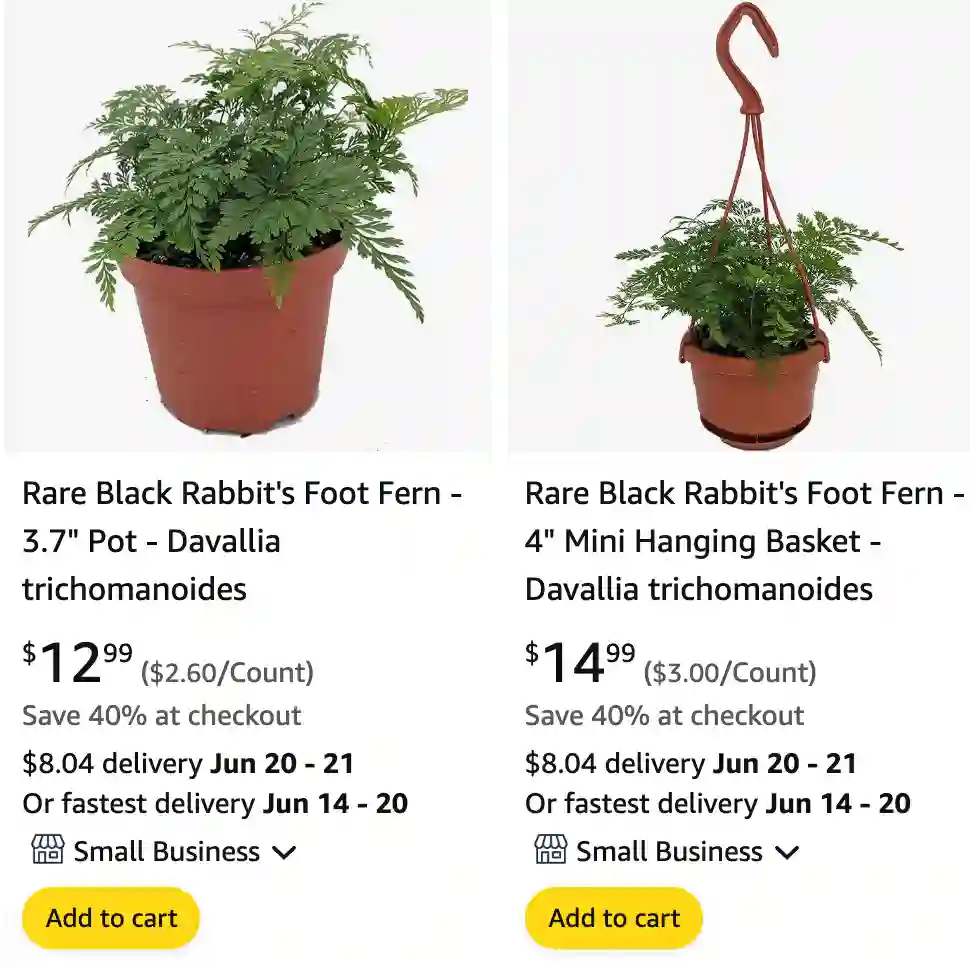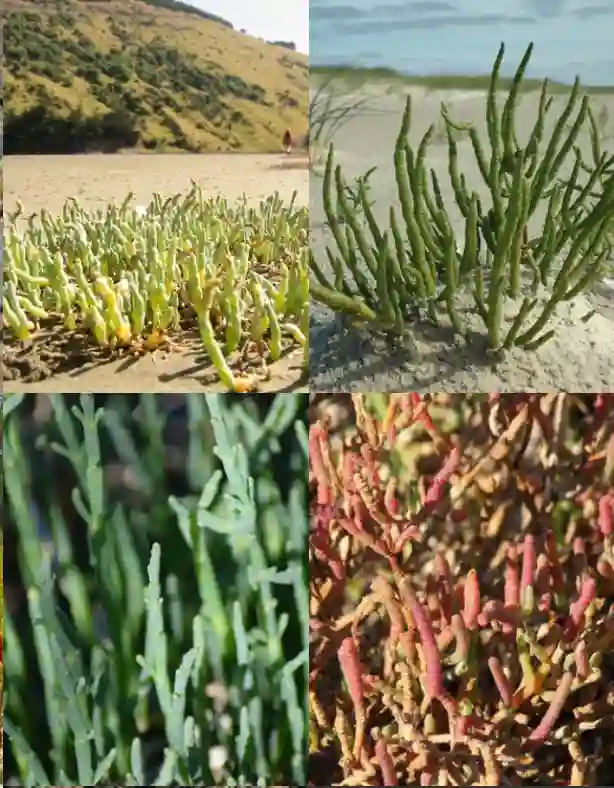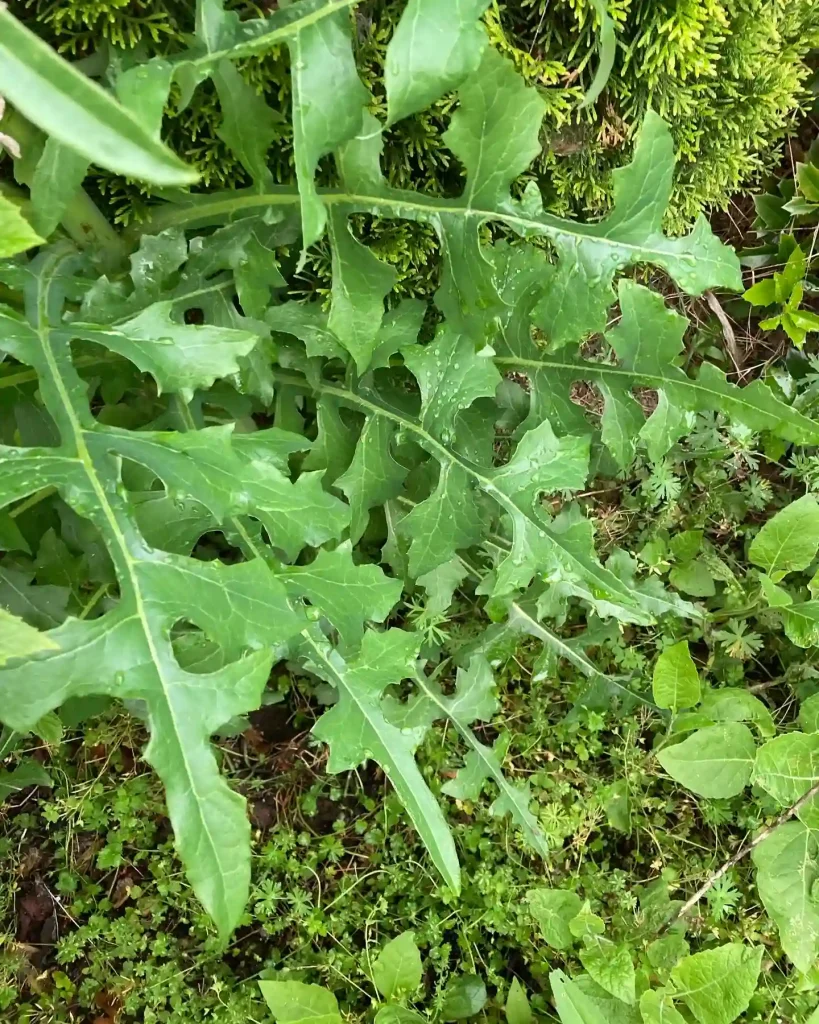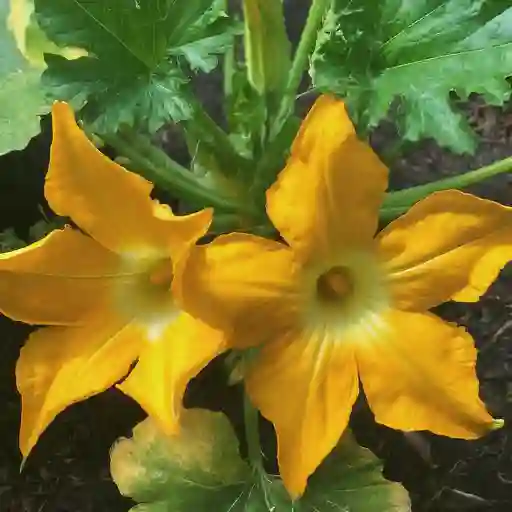
Davallia Trichomanoides: The Fuzzy Charmer of the Fern World
Hi everyone, Ferb Vu here! Today, we’re diving into the fascinating world of Davallia Trichomanoides, also known as the Black Rabbit’s Foot Fern. This unique fern has captured the hearts of plant enthusiasts with its lush foliage and fuzzy rhizomes that resemble a lucky rabbit’s foot.
If you’re considering adding this beauty to your collection, you’ve come to the right place. This FAQ will answer all your burning questions about Davallia Trichomanoides, from its care requirements to its unique characteristics.
What Makes Davallia Trichomanoides Special?
Davallia Trichomanoides stands out for several reasons:
- Fuzzy Rhizomes: Unlike most ferns with smooth root systems, Davallia Trichomanoides boasts thick, brown or black rhizomes covered in dense hairs. These fuzzy appendages not only add a whimsical touch but also help the fern absorb moisture from the air.
- Adaptable Growth: This fern is a true chameleon, thriving as both a terrestrial plant (growing in soil) and an epiphyte (growing on other plants or objects). This versatility makes it ideal for various terrarium setups and indoor gardening styles.
- Relatively Low Maintenance: Compared to some ferns, Davallia Trichomanoides is forgiving of minor neglect. It can tolerate some dryness, making it suitable for even beginner plant parents.
How Do I Care for My Davallia Trichomanoides?
Here’s what you need to know to keep your Black Rabbit’s Foot Fern happy and thriving:
- Light: Davallia Trichomanoides prefers bright, indirect sunlight. Avoid harsh, direct sun exposure which can scorch the fronds.
- Watering: Maintain consistent moisture but avoid soggy conditions. Water deeply when the top inch of soil feels dry, allowing excess water to drain freely. Misting the foliage regularly, especially in dry environments, is beneficial.
- Humidity: This fern thrives in moderate to high humidity levels (around 50-70%). If your home is dry, consider using a humidifier or placing your fern on a pebble tray filled with water.
- Soil: For potted plants, use a well-draining, airy potting mix specifically formulated for ferns or orchids.
- Fertilizer: During the growing season (spring and summer), a diluted liquid fertilizer for ferns can be applied monthly. However, Davallia Trichomanoides is not a heavy feeder, so less is more in this case.
Davallia Trichomanoides vs. Other Ferns:
Curious about how Davallia Trichomanoides compares to other popular fern varieties? Here’s a quick breakdown:
- Staghorn Fern (Platycerium): Both share similar fuzzy rhizomes and air-purifying properties. However, Staghorn Ferns are typically larger and require more frequent watering.
- Boston Fern (Nephrolepis Exaltata): A classic indoor fern with lush, arching fronds. Boston Ferns prefer consistently moist soil and higher humidity levels than Davallia Trichomanoides.
- Maidenhair Fern (Adiantum spp.): Known for their delicate, fan-shaped fronds. Maidenhair Ferns are more particular about humidity, requiring near-constant moisture in the air to thrive.
Troubleshooting Common Davallia Trichomanoides Issues:
- Brown Fronds: This could be caused by underwatering, excessive sunlight, or lack of humidity. Adjust your watering routine, provide shade, and consider misting more frequently.
- Stunted Growth: Possible causes include insufficient light, nutrient deficiency, or root rot from overwatering. Check your light conditions, fertilize lightly during the growing season, and ensure proper drainage.
- Pests: Davallia Trichomanoides is generally pest-resistant. However, keep an eye out for mealybugs or scale, which can be treated with insecticidal soap or neem oil.
Conclusion:
Davallia Trichomanoides is a charming and relatively easy-to-care-for fern, perfect for adding a touch of whimsy and texture to your indoor space. With its unique fuzzy rhizomes and adaptable nature, this fern is sure to become a conversation starter in your home. So, why not give Davallia Trichomanoides a try? You might just find yourself smitten by its fuzzy charm!
If i die, water my plants!



